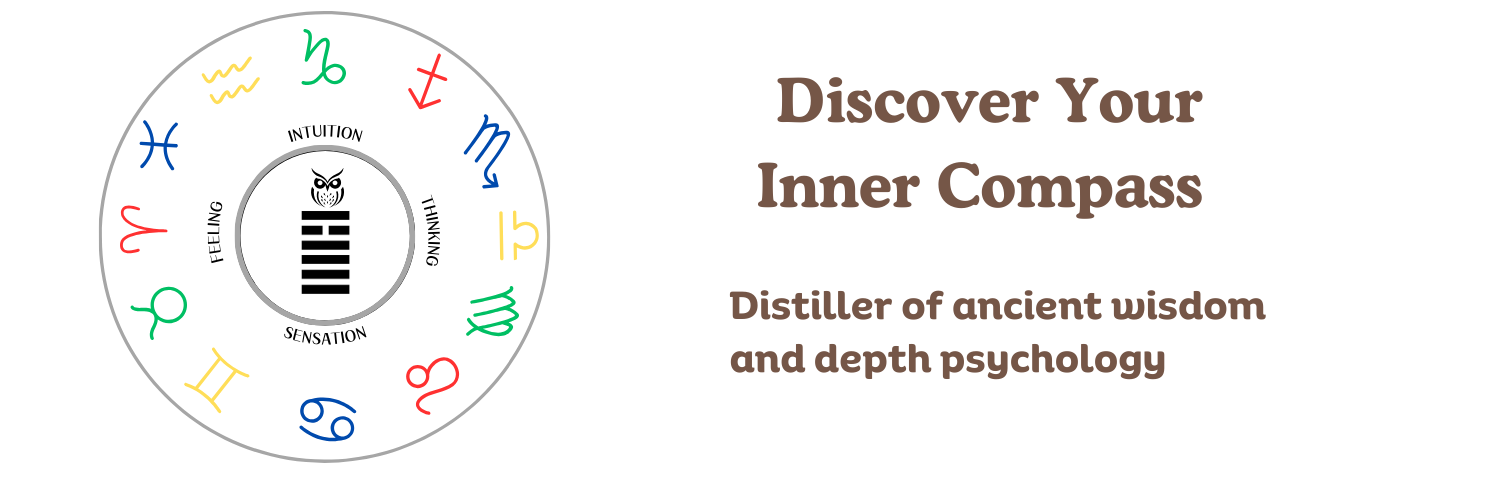We suffer more in imagination than we do in reality, the Stoic philosopher Seneca said.
For all the talk out there about how sensation types and intuitive types differ, I think they both struggle equally with suffering in imagination.
By sensation types I am speaking broadly of the four types that have dominant sensation: ISFJ, ISTJ, ESTP, and ESFP. Intuition is their inferior (weakest) function, especially when the person is younger or overwhelmed by life circumstances at a given time.
People who have a tendency towards having a sensation type (most of us are not a pure type) can have difficulty seeing into the future and predicting the outcome of an action. They struggle to see beyond what is in front of them. Therefore their vision of what the outcome of a decision or situation might be can be inaccurate and trigger unnecessary anxiety.
The four dominant intuitive types are: INFJ, INTJ, ENTP and ENFP. Intuition is their dominant (strongest) function. More often than not, people who have a tendency towards having an intuitive type are correct in connecting the dots and gauging the outcome of a decision or situation. This can cause anxiety as well.
Both sensation and intuitive types need to develop practices to help them face situations with equanimity. Above all, sensation and intuitive types should rely on each other’s strengths in order to better face reality and minimize suffering in imagination.
